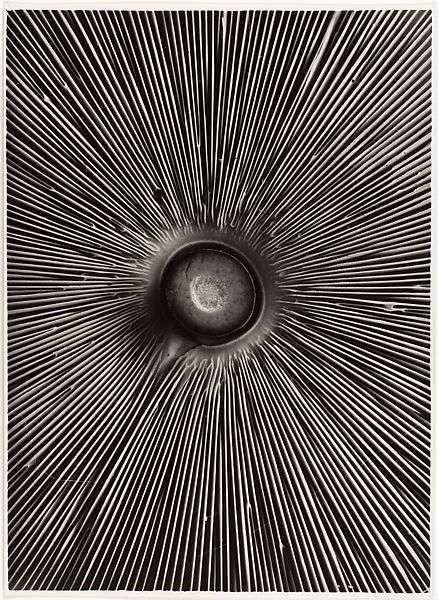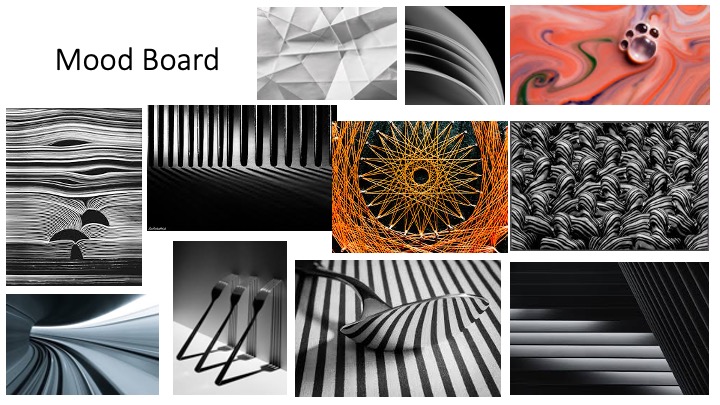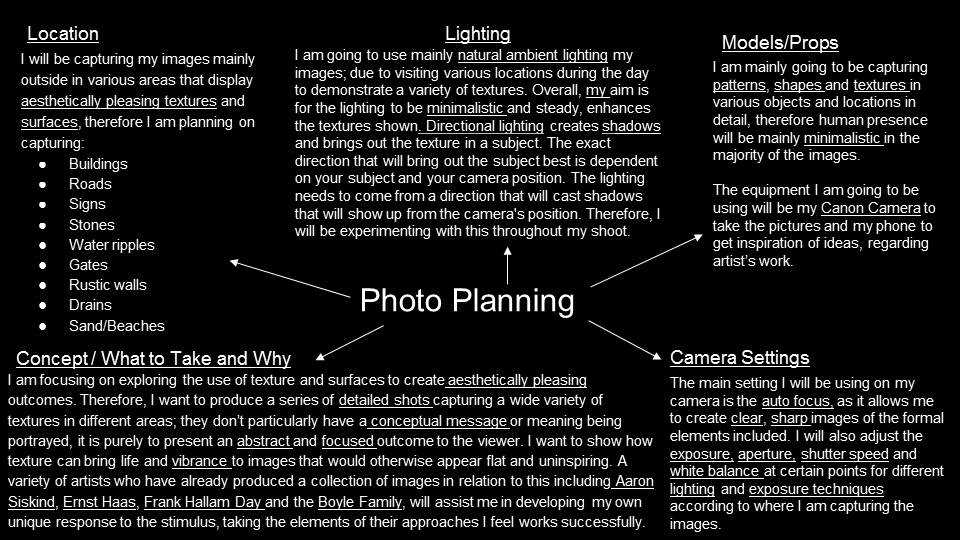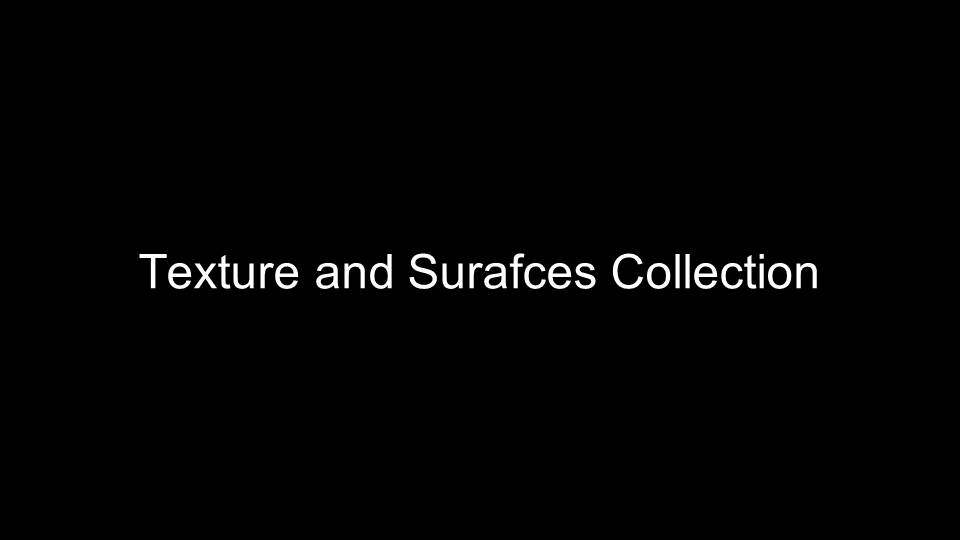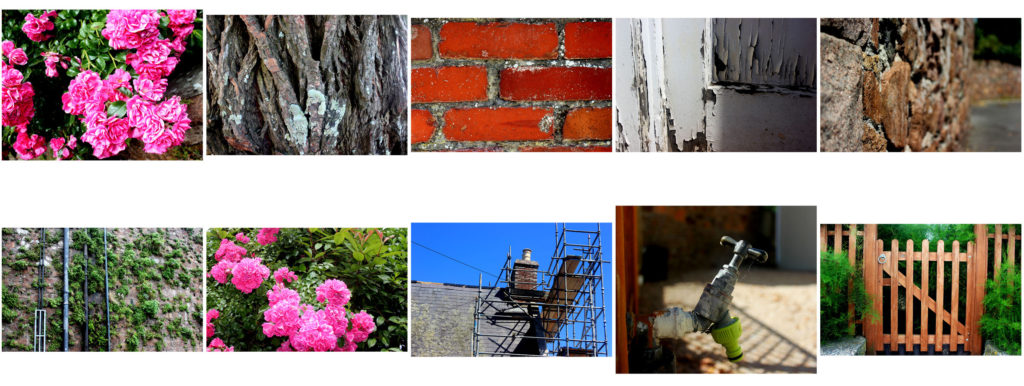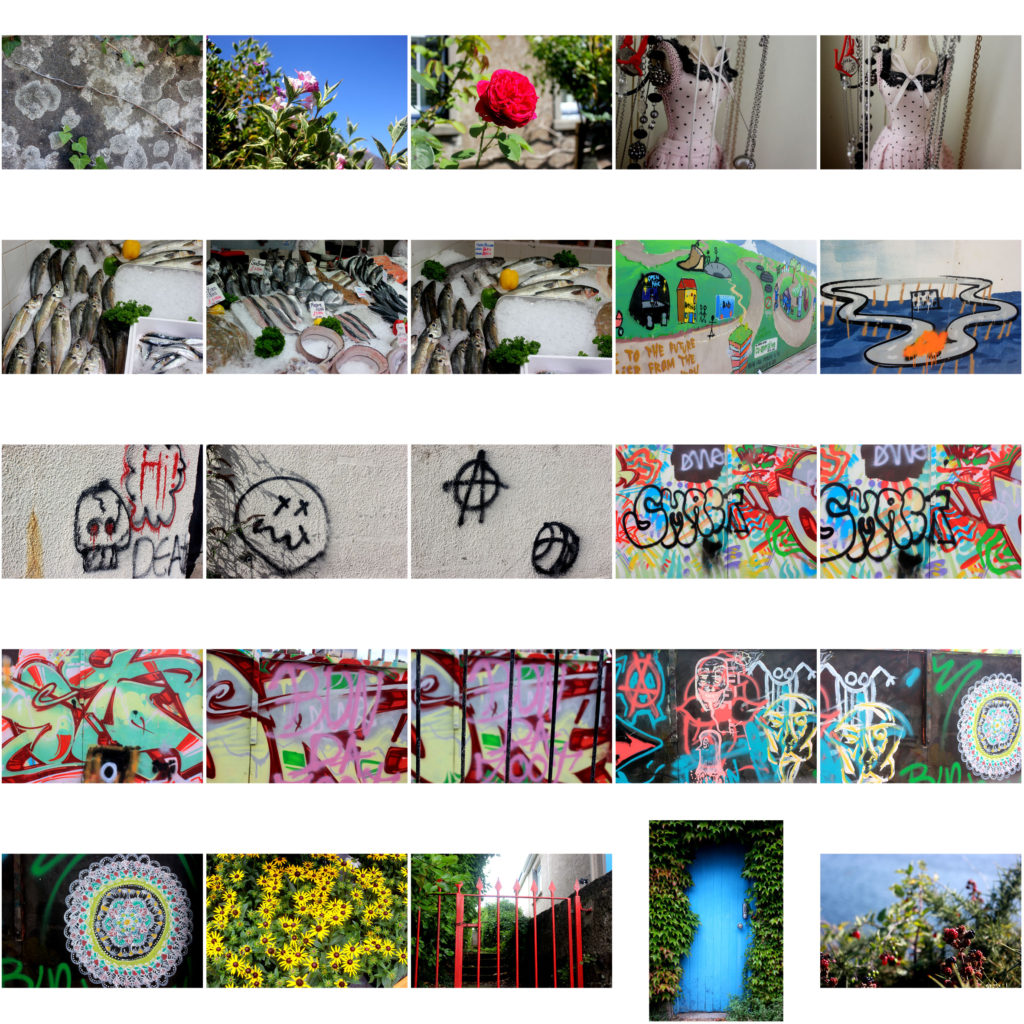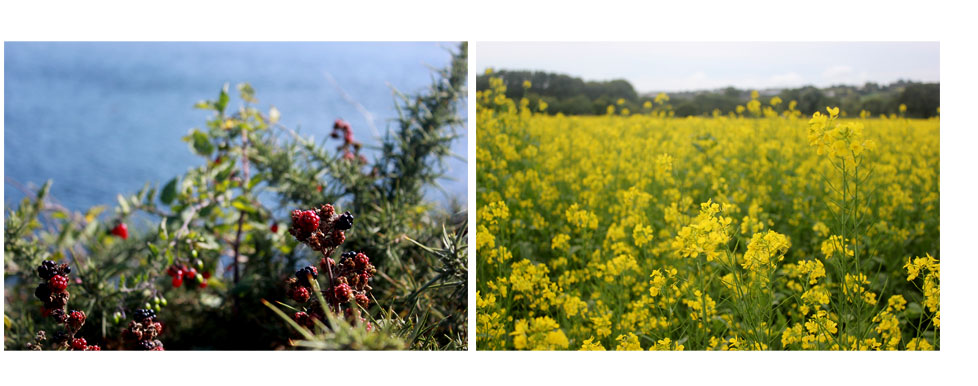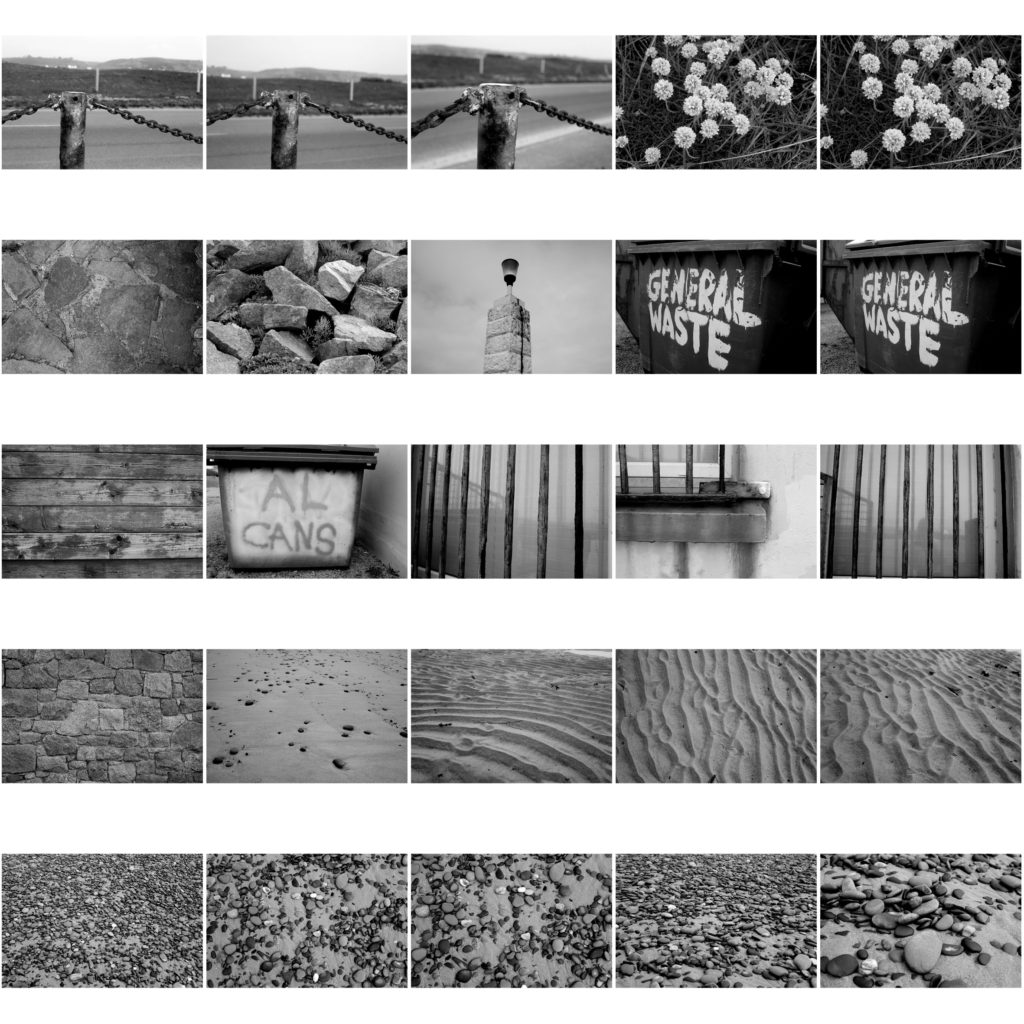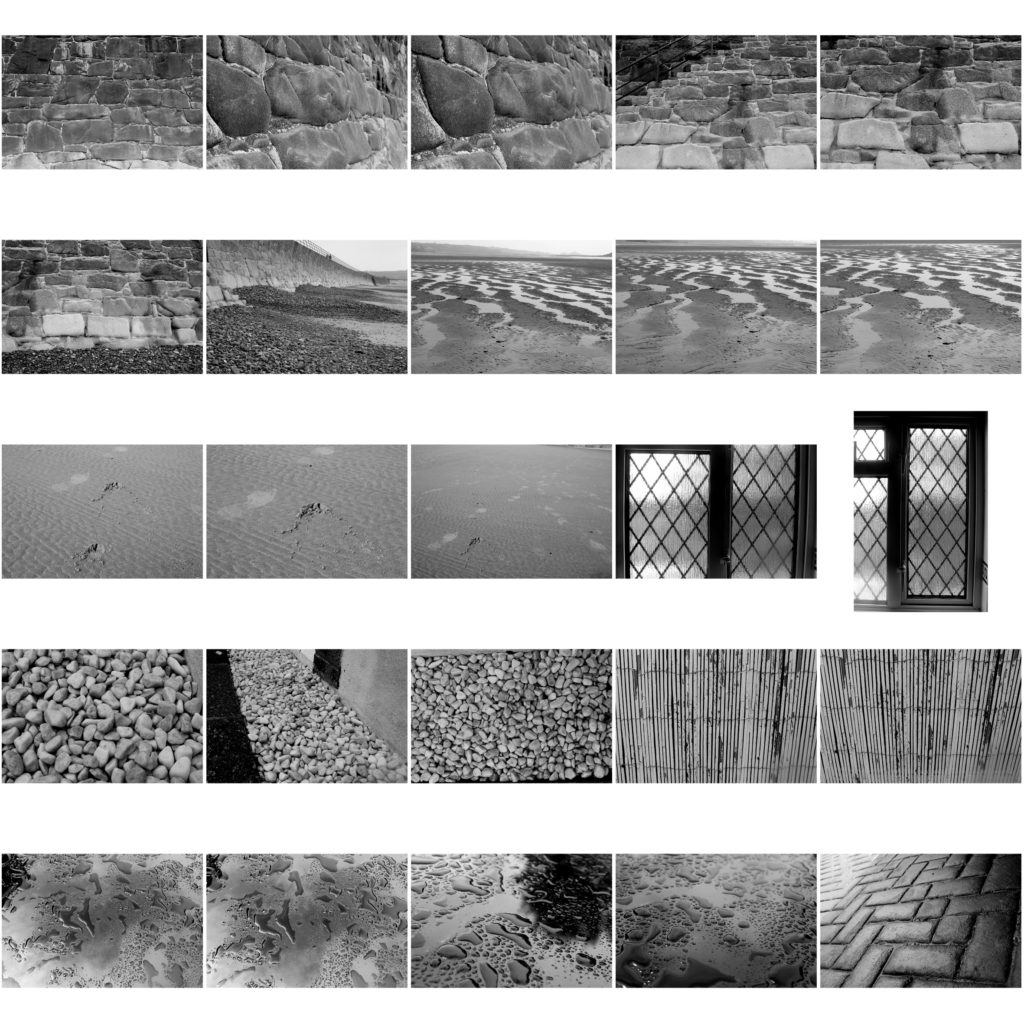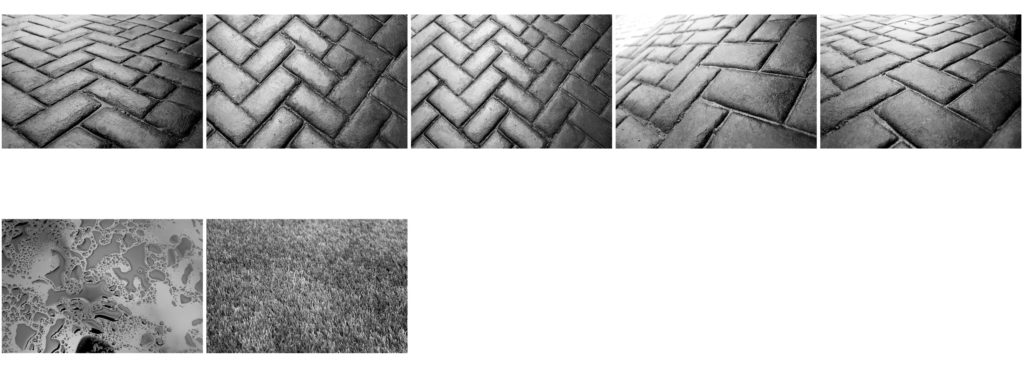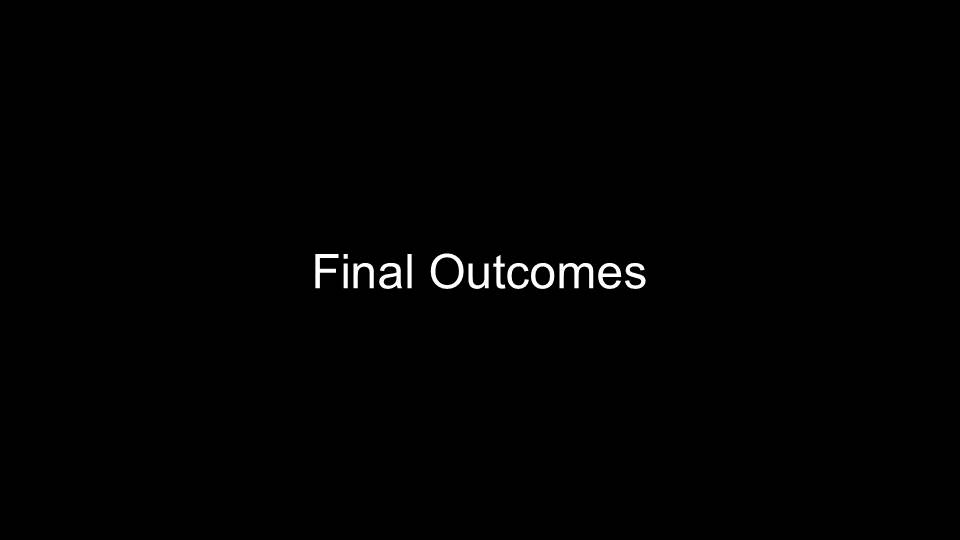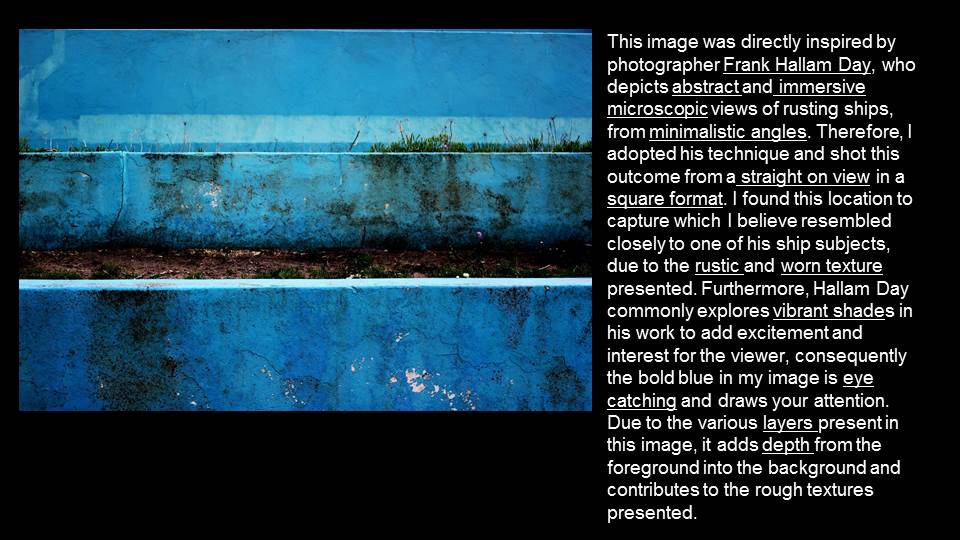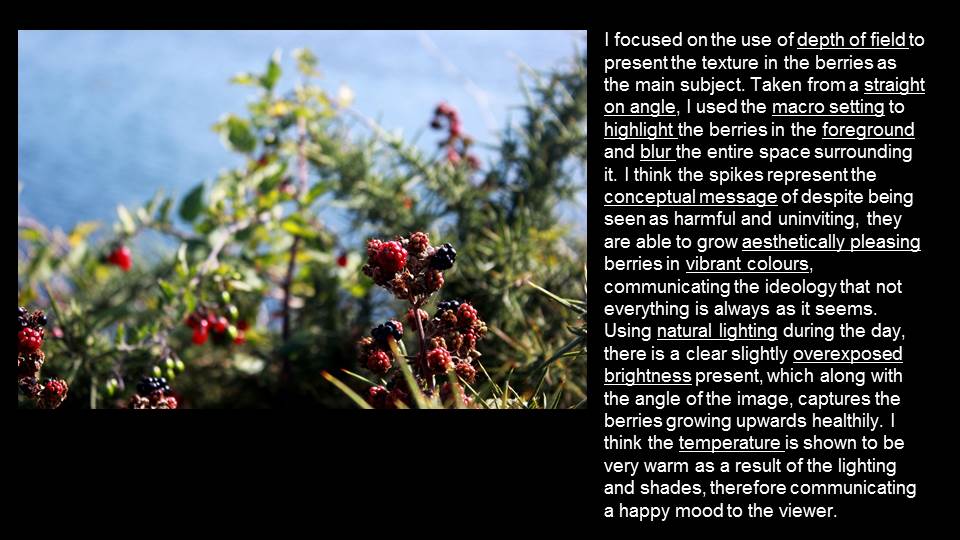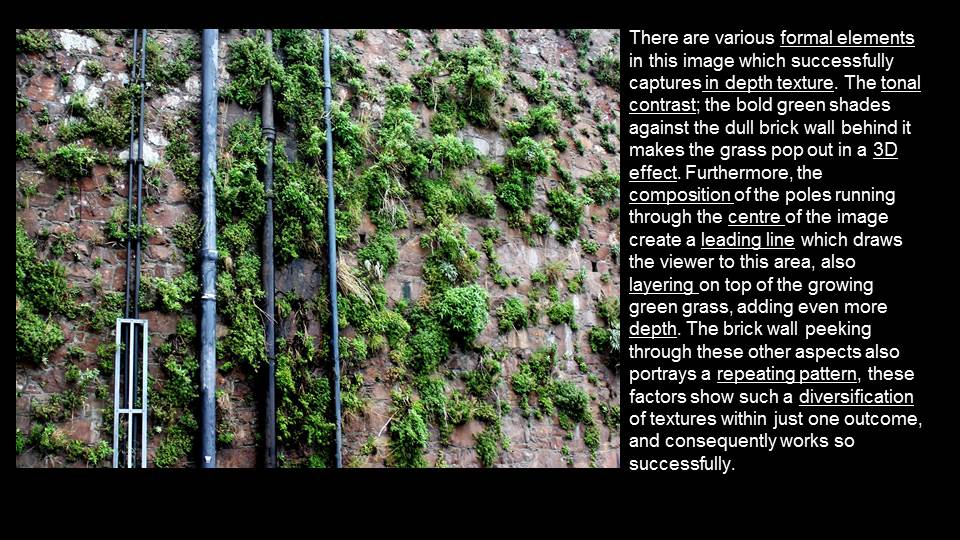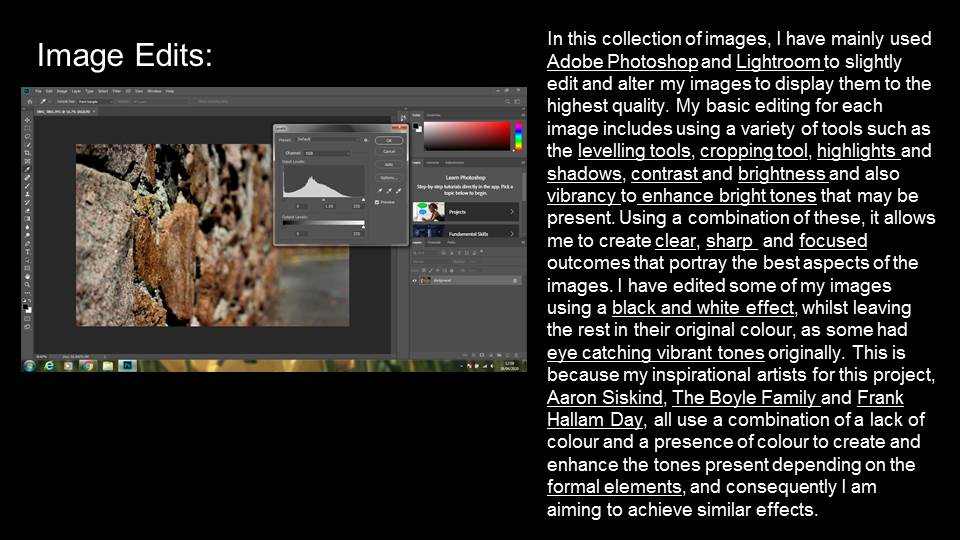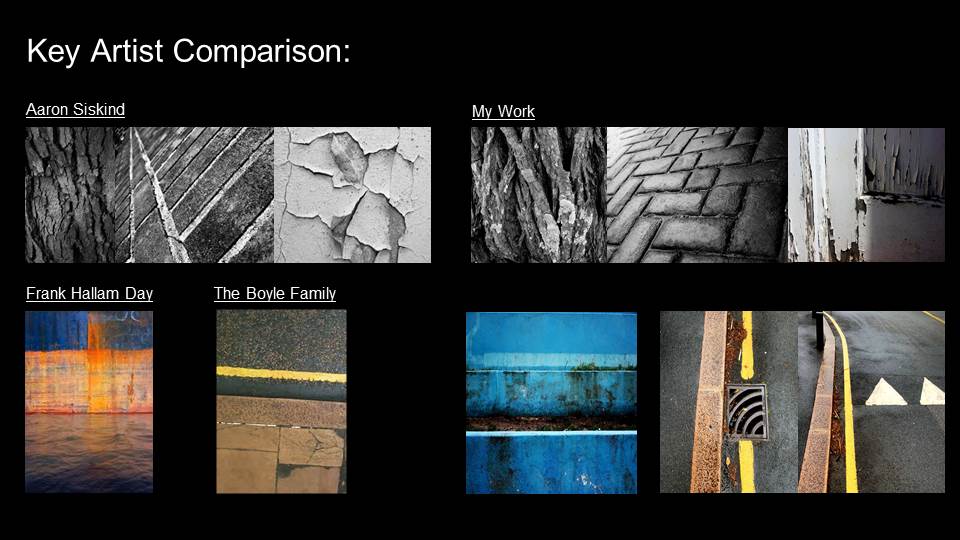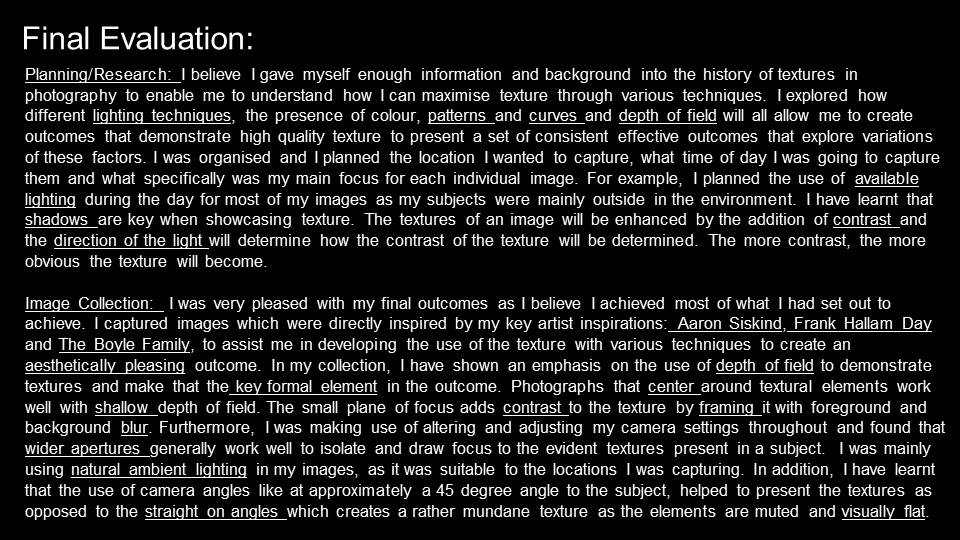CASE STUDY
Albert Renger-Patzsch was a German Photographer born in Würzburg 1897. He began making photographs from the age of 12. He worked as a press photographer in the early 1920’s before becoming a freelance photographer and publishing a book in 1925. 2 years later he had his first Museum Exhibition and the following year in 1928 he published a second and most well known book called ‘Die Welt ist schön’ translated as ‘the World is beautiful’. This book included many photos of industrial structures, machinery and natural forms in an upclose or different perspective. His work could be considered early forms of ‘Macro photography’. He liked to capture the closer details of natural objects or things that would have otherwise been overlooked.
Patzsch was involved with a movement known as the ‘New Objectivity’ which was a German Art movement in the 1920’s which was a reaction against expressionism. Patzsch believed that photography could be used to ‘reproduce the texture of reality’ and portray the form and essence of an object. Whereas expressionism was about exploring the inner emotion, the movement of ‘The New Objectivity’ was about exploring the finer. details and hidden qualities of reality and trying to bring them to life with the use of photography.
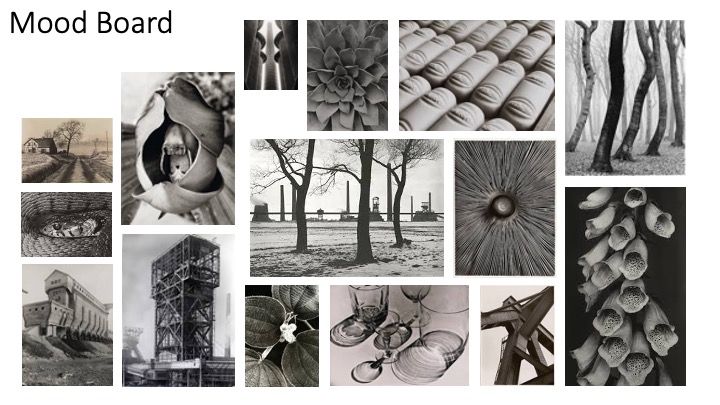
ANALYSIS
Organic Vs Geometric/Natural vs Man Made:
The image on the left is man made whereas the image on the right is organic / natural. The left image is a cog or sprocket of some description, probably from a factory being used in industrial machinery. The left image is from a fungus which of course growns naturally in the wild. They both look quite similar in some ways but one was created for a specific purpose with its spines created to function turn other cogs, and the other is natural with its lines playing a part in its survival.
Rhythm
These two objects have a circular rhythm. They do not end as their pattern goes around in a circular motion. The leads my eyes around and around the image drawing my eyes to the centre of the image.
Pattern / Shape
These two images both share similar qualities in shape. They have both have a centre with symmetrical lines coming into the middle from every direction. They have infinate sides of symmetry so are symmetrical anyway you look at it
Repetition
Like the rhythm, the objects are both very repetitive. However, in the right image we can see the repetition as the lines run around the middle of the fungus as it goes from shadow to light to shadow etc. However, we can’t really see the whole cog but there are more than one in the picture that is a form of repetition. It could be representing the large scale of production that these would have been made
Depth
The left image shows a lot more depth than the image on the right. Because of the 3d placement of the objects and the low down angle we can see through the image and see perspective, compared to the right image of the fungus which does not show much depth. Because the photo was taken straight on everything is in focus and the image is very flat.
Tone / Light
This right image of the Fungus doesn’t show much dynamic range between the light and dark parts of the image. Nothing is blown out and there are no crushed blacks. The repetitive pattern of the lines on the fungus play with your eyes because there are shadows in the gaps and the top of the lines are bright. The left image of the cog is quite dark, there are not many light parts, but again the lower pit sections in between the spines are in shadow whereas the spines are light.
Framing/cropping
Each image is framed to focus in on something. The picture of the fungus is framed to make it symmetrical and focus on the middle, compared to the other picture where it is framed to focus on the cog with the white writing on it but also encompase the other ones in the background.


